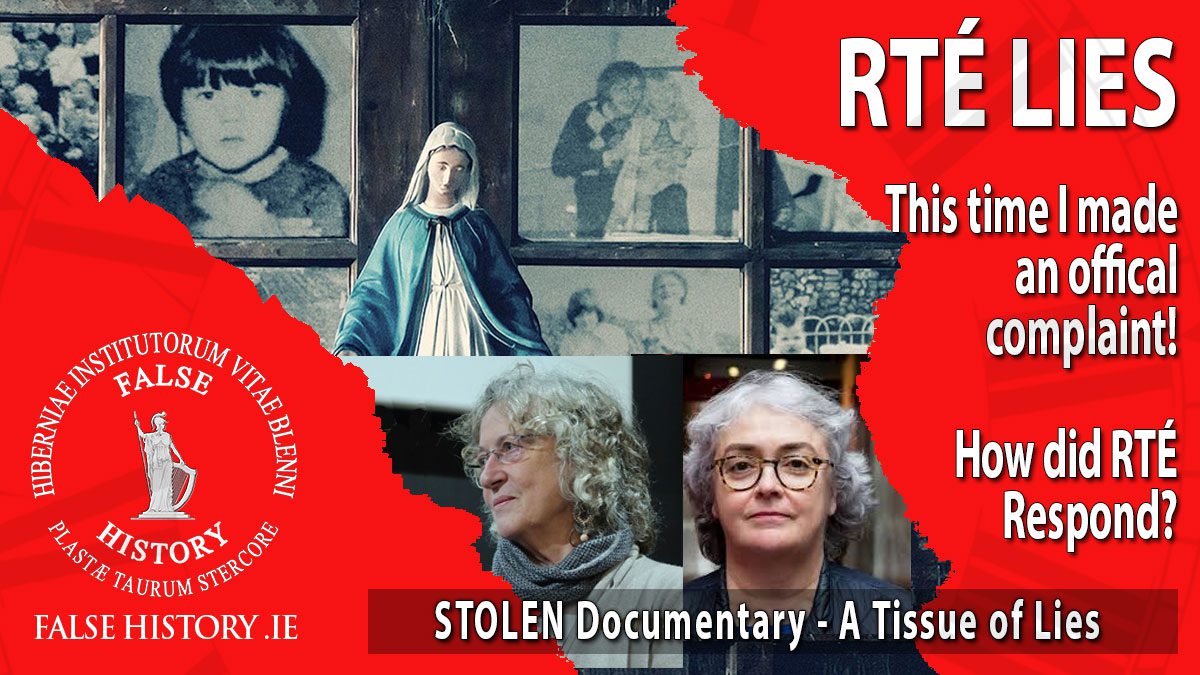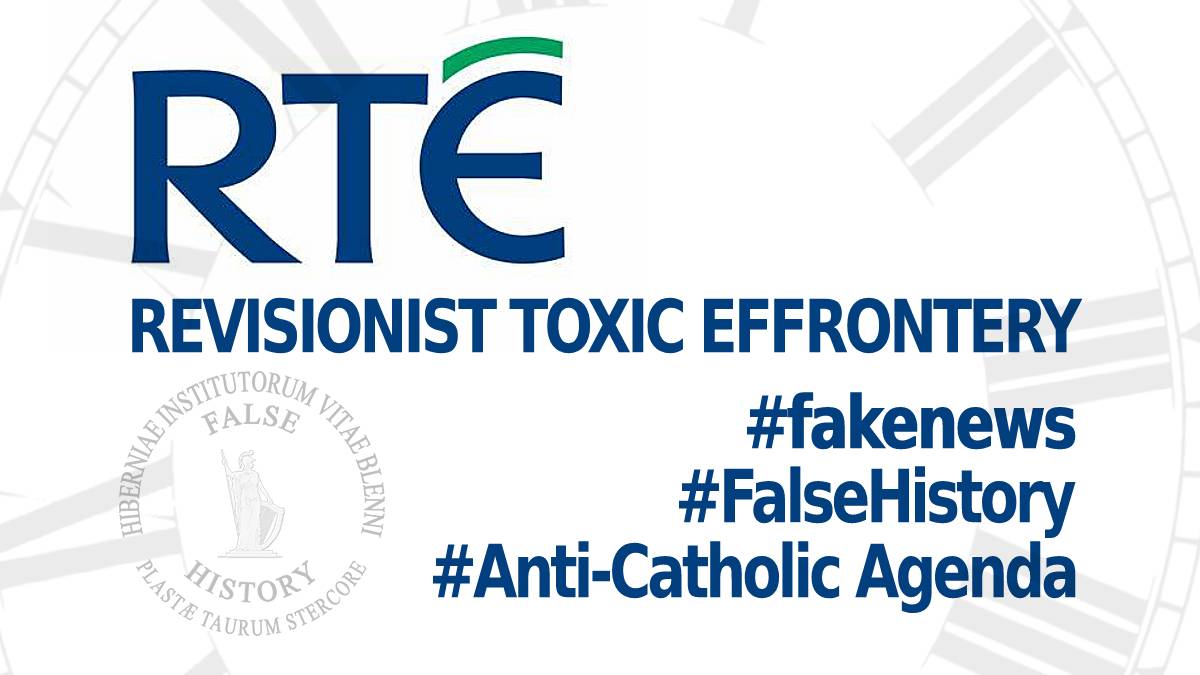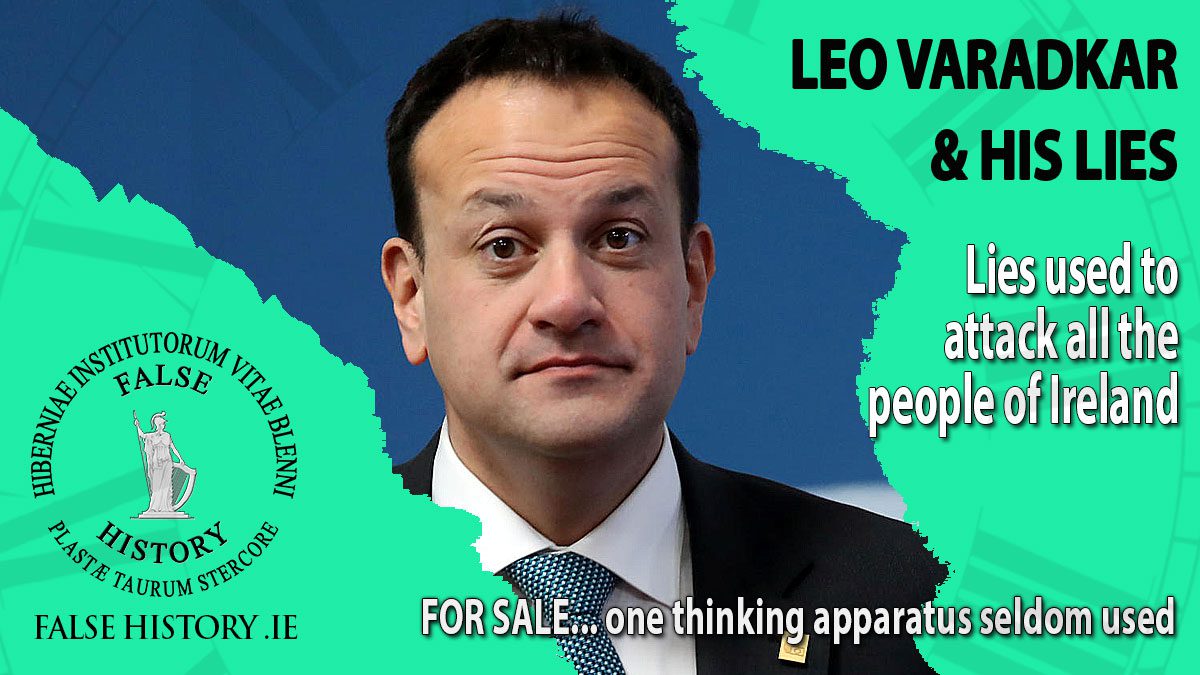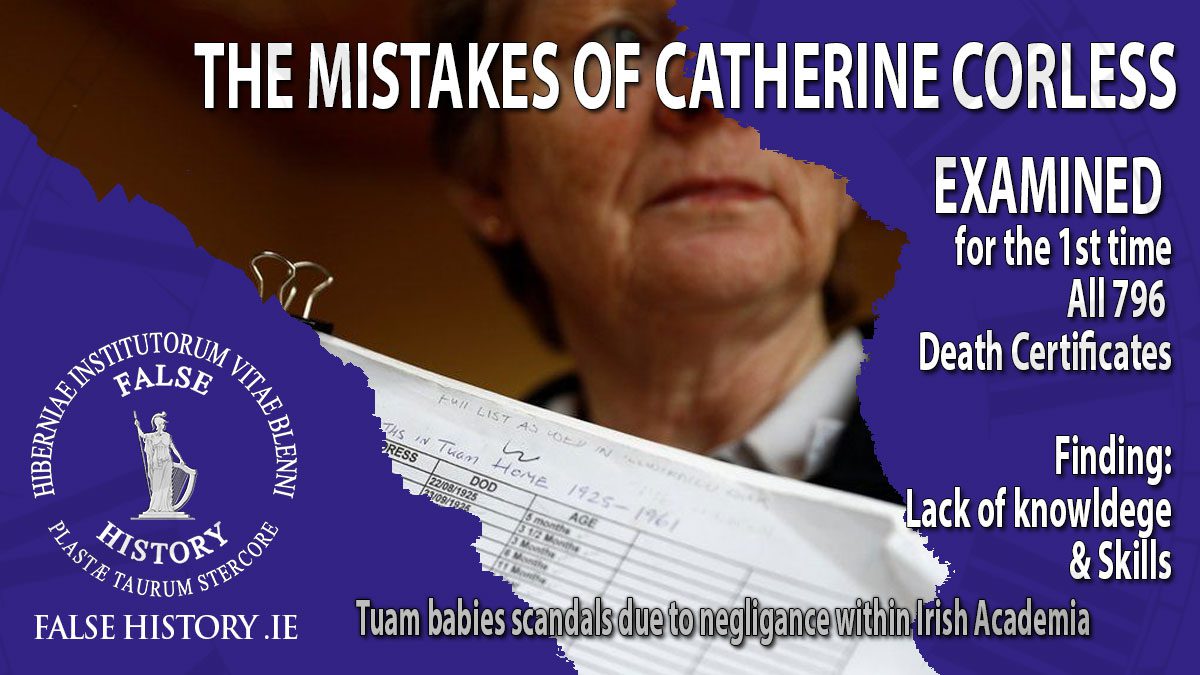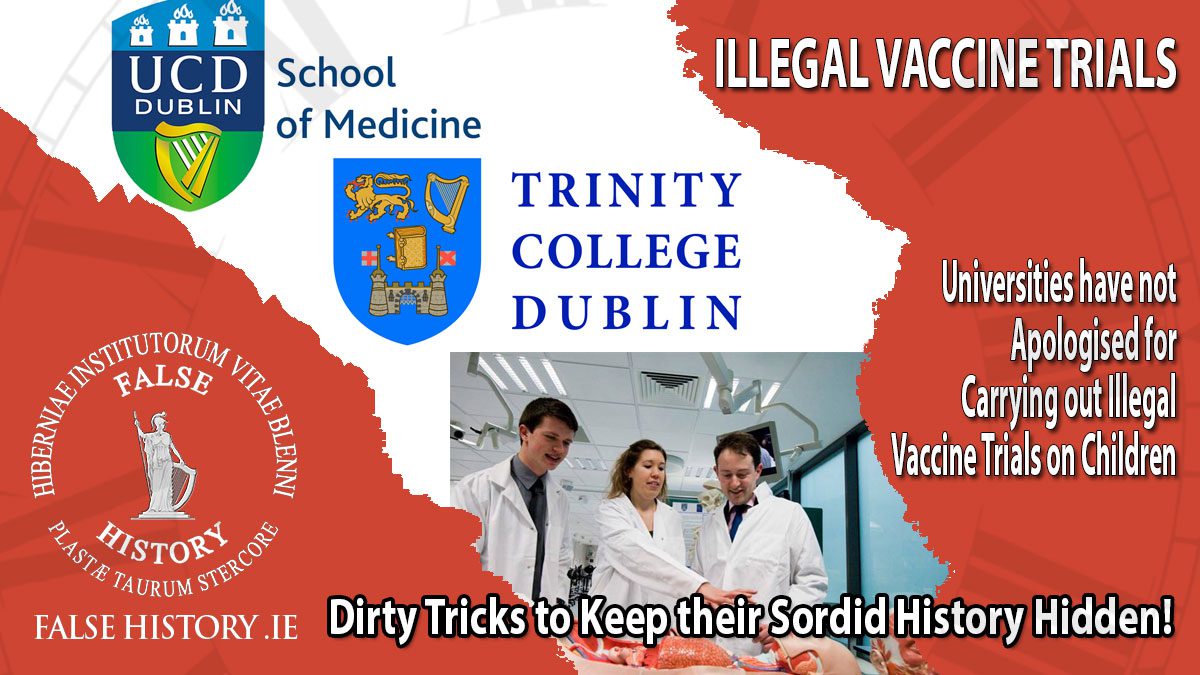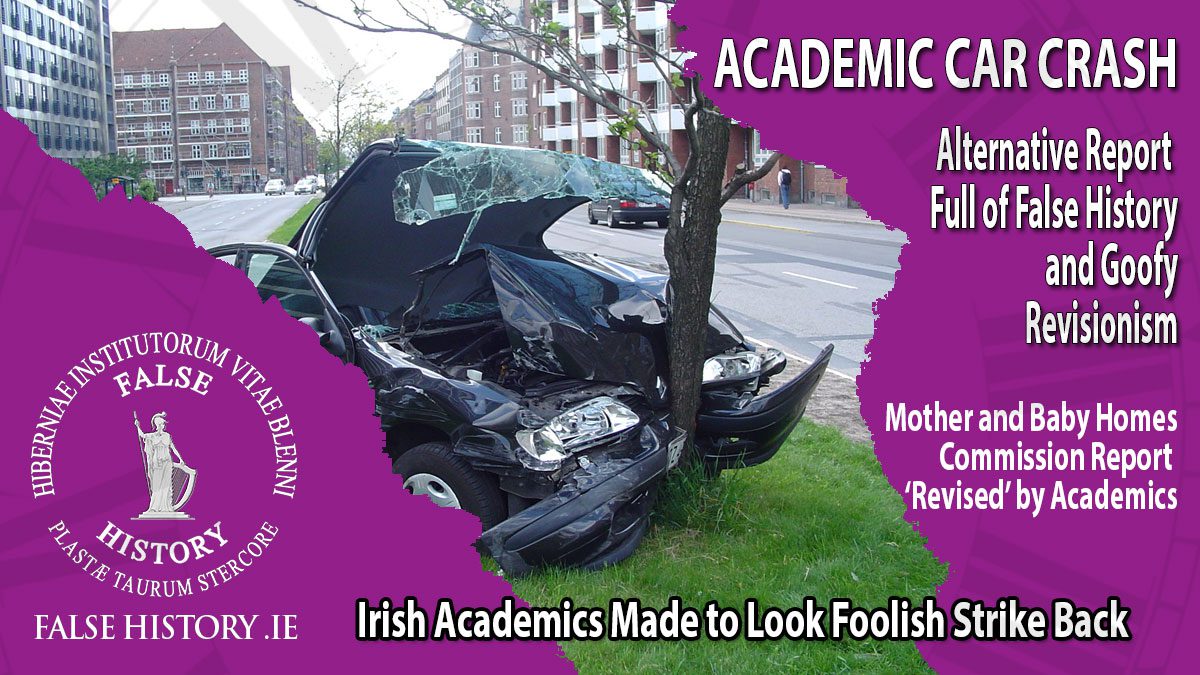Coimisiún na Meán as it has been newly named is Ireland’s media regulator. One of its functions is to handle complaints from viewers and listeners…
Tag: mother and baby home
Lying to the People – State Broadcaster – Part 1
Just for the craic and nothing else, I decided to challenge the false history and nonsense broadcast by Ireland’s state broadcaster, RTÉ. Most people will…
RTÉ – Revisionist Toxic Effrontery
In direct contradiction of a commission of investigation findings, RTÉ continues to pursue its anti-Catholic agenda using the full gamut of propaganda tools. Like the…
Leo Varadkar & His Lies
Leo’s Varadkar’s apology following the publication of the final report of the commission of investigation into mother and baby homes proved once and for all…
Cost of mother and baby homes compensation scheme will exceed €1bn
Irish taxpayers are being forced to pay massive a compensation bill — costing each worker an average of €355 — for supposed historic abuse that…
The Mistakes of Catherine Corless
Catherine Corless has put into the public domain the records of children who died at the Tuam Children’s Home but with significant omissions. Had these…
Babies and children are recurring themes in conspiracy theories
During the recent floods in Germany during the summer of 2021, many people on social media — even those with good intentions — spread the…
Dublin Universities Involved in Illegal Clinical Trials on Children
The commission of investigation into mother and baby homes named the following people for conducting vaccine trials on children without obtaining permission. The trials were…
Alternative Mother and Baby Home Report
Many academics were made to look foolish because the final report of the commission of investigation into mother and baby homes rubbished many of the…
Bias and Prejudice Unbridled on Children’s Committee
When welcoming the report, it was obvious that Kathleen Funchion had not read it… Speaking in the Dáil Éireann debate on the 13th of January,…

